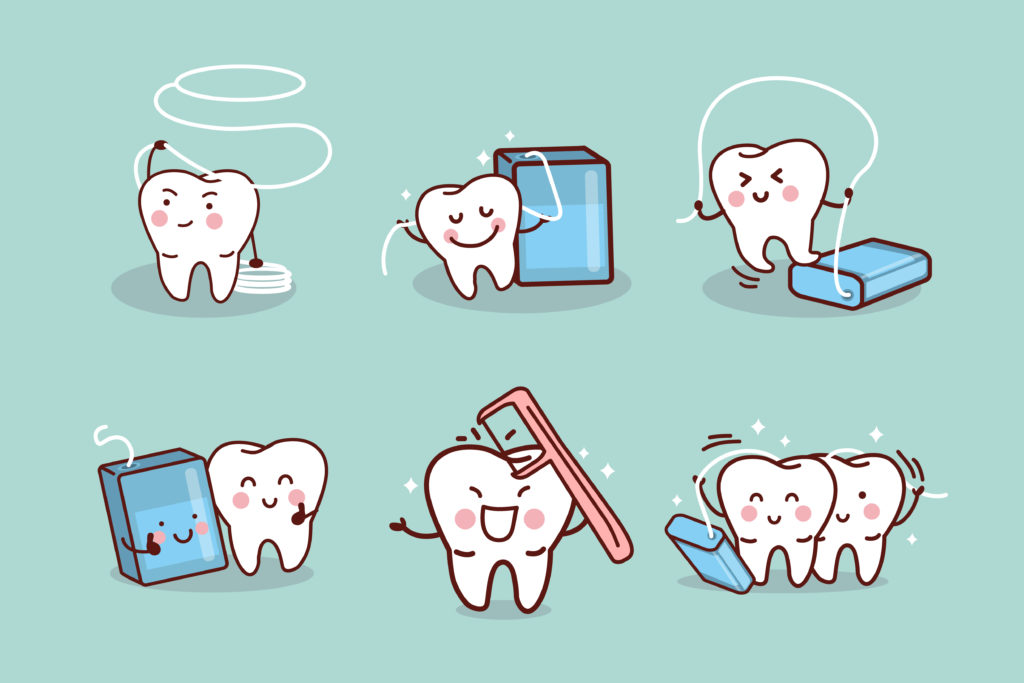That is the Question…
Recently, The US Department of Health and Human Services removed the recommendation to floss from their 2015-2020 Dietary Guidelines. This decision was based on a U.S. law stating that federal guidelines must be based on scientific evidence and the government acknowledged that the effectiveness of flossing had not been sufficiently researched.
Much of the current research on flossing does not include a large sample size or study gum health over a significant period of time. Due to the fact that periodontal disease progresses slowly, conducting ideal studies would need to span a number of years and include a large population.
Despite their decision to not include flossing in the Dietary Guidelines, the US Department of Health and Human Services released a statement to the American Dental Association (ADA) acknowledging that: “Flossing is an important oral hygiene practice.”
 The ADA relates that “lack of strong evidence doesn’t equate to a lack of effectiveness”.
The ADA relates that “lack of strong evidence doesn’t equate to a lack of effectiveness”.
Flossing helps to effectively disrupt and remove plaque bacteria from areas between the teeth and beneath the gums that a toothbrush cannot always reach. Bacteria in plaque can cause tooth decay as well as gum diseases such as gingivitis and periodontitis if it is not adequately removed. Periodontitis or periodontal disease is a complex condition that if left untreated, may lead to tooth loss and increase the risk for other systemic diseases such as diabetes and heart disease. The risk for acquiring periodontal disease may also be increased based on smoking or tobacco use and genetic factors.
The American Academy of Periodontology recommends flossing daily as part of a regular oral hygiene routine. Twice per day brushing of your teeth along with a comprehensive yearly periodontal evaluation are also recommended to help maintain good oral health.

Periodontist at Virginia Family Dentistry Staples Mill and Virginia Family Dentistry Midlothian
